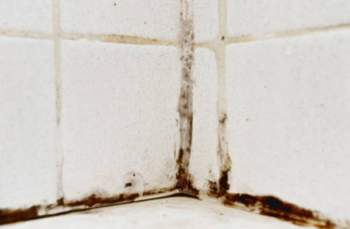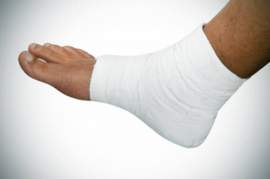
Toxic Mold Injuries

Toxic mold is a fungal organism that can grow indoors or outdoors. Oftentimes referred to as ‘black mold’, toxic mold is considered to be a very dangerous growth as a result of the adverse health effects that it stimulates in human beings. Akin to the biology of other forms of mold and fungus, toxic mold releases spores that travel through the air – these airborne spores are easily ingested by human beings.
Illness Caused by Toxic Mold
Upon exposure to toxic mold – through ingestion or direct contact – human beings can develop a multitude of maladies. Furthermore, the duration of exposure contributes to the severity of illness contracted from toxic mold; individuals experiencing prolonged exposure to toxic mold – both through inhalation or contact – are liable to experience symptoms with increased severity than those temporarily exposed to toxic mold. Amongst the most common illnesses resulting from exposure to toxic mold are respiratory infections.
Symptoms Resulting from Exposure to Toxic Mold
Amongst the most commonly-reported symptoms resulting from prolonged exposure to toxic mold include flu-like symptoms, headaches, difficulty breathing, nausea, sinus infections, and skin rashes. Toxic mold is considered to be a resilient fungus – a quality that enables it to exist in a wide variety of locations and environments –the detection process can be a complex task.
What Causes Toxic Mold?
The presence of toxic mold can be caused by a variety factors, yet the most common cause for toxic mold is moisture. Homes and buildings that are constructed by old – or aging - wood prone to the absorption of moisture are amongst the most common locations for toxic mold to reside. Toxic mold can also inhabit other hydrophilic material such as rugs and carpets. In many cases, basements and cellars are the most common, as well as the most habitable locations for toxic mold; this is due to the fact that toxic mold thrives in damp and dark environments. The dampness of a location creates moisture, while the lack of sunlight disallows for the evaporation of fluid.
Toxic Mold Recourse and Prevention
Subsequent to its discovery and analysis, toxic mold has become a notorious health threat since the 1970’s; as a result, housing and building inspectors alike have been instructed to examine a structure for both the presence of toxic mold, as well as the habitability of a given structure. In addition, town, city, and state ordinances require health inspectors to investigate for the presence of toxic mold upon any report of symptoms suffered by inhabitants of the home or building in question.
Upon the sale of a home or building, the inspection report must reflect a history of toxic mold habitation; in the event that there was a failure to mention such details, inhabitants suffering currently – or retroactively – may be able to take measures to receive compensation. Attorneys specializing in real estate, property, or personal injury law can assist in the investigation of a case involving the presence of toxic mold.



















